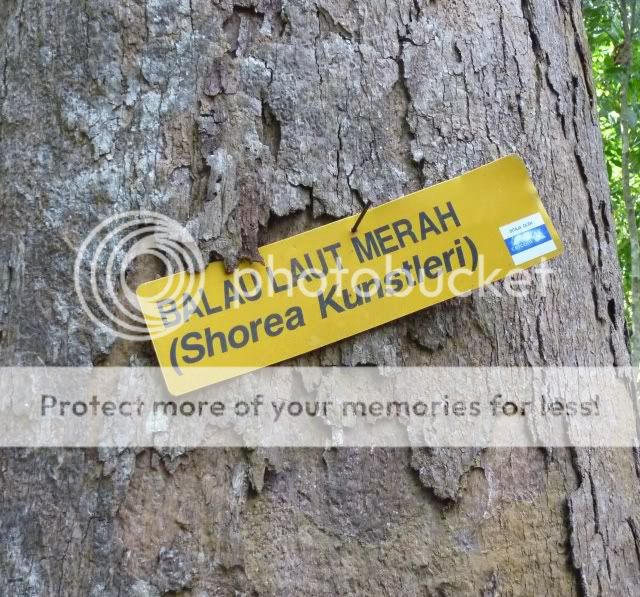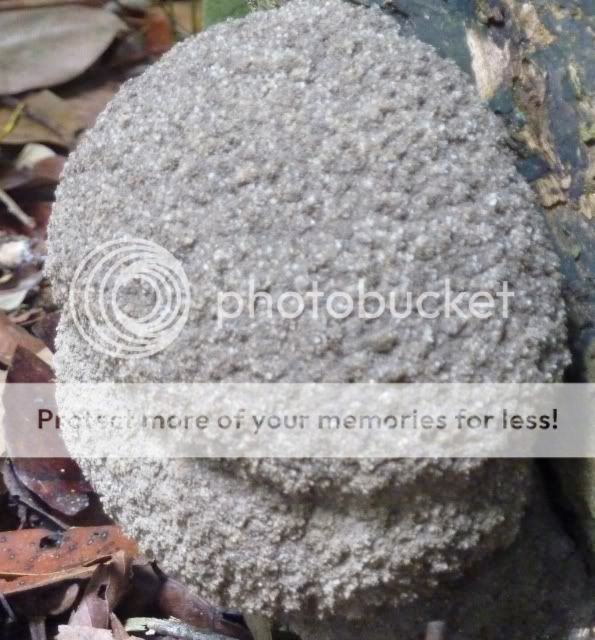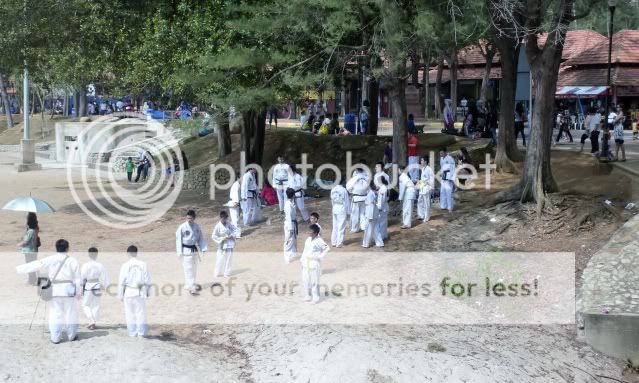 |
| Spanish mackerel steaks (see the narrow black bars on the flank?) |
So, here is my version of the recipe.
1/2 cup pistachio nuts, shelled
Thawed packet of your favorite pesto sauce. My DW makes pesto in a large freezer bag, which she then squashes flat before freezing. Chunks can be broken off as the need arises. Rather than try to estimate portion size, take a look at the photo. It is, perhaps, 1/2 cup of each., or 1/2 cup pistachios and 2/3 cup pesto.
 |
| Thawed pesto from storage (1/2 cup) and pistachios (1/2 cup) |
Juice of that lime (recipe calls for 2 TBS; I use it all.)
One clove garlic, grated
In a food processor pulse the pistachios until fine. Add the pesto sauce, lime zest and juice, and anything else you might like to zest it up (say, one or two Jalapeno slices). Pulse once, and then add 5 TBS olive oil before pulsing again. The goal is a smooth sauce.
Six oz of hung yoghurt. I have detailed elsewhere how to hang yoghurt, which is a way of removing the acidic whey and producing a nice, creamy mild yoghurt. This has to be made ahead of time, of course, by at least 4-6 hours.
Season the fish with salt. Set a large saute pan over medium-high heat and add 1-2 TBS olive oil. When hot, lay the fish in, skin side down. Cook 3-4 minutes or until skin is crips. Turn gently on each side and cook 1-2 minutes more. Do not overcook (change the color = protein denaturation).
Season the fish with salt. Set a large saute pan over medium-high heat and add 1-2 TBS olive oil. When hot, lay the fish in, skin side down. Cook 3-4 minutes or until skin is crips. Turn gently on each side and cook 1-2 minutes more. Do not overcook (change the color = protein denaturation).
 |
| Frying the mackerel, start with skin-side down |
In a separate bowl, mix the hung yoghurt with the grated garlic and add a pinch of salt.
To serve, spread 2 TBS of pesto over each pita and a dollop (1-2 TBS) of hung yoghurt in the center of each pita. Top with a mackerel chunk or two, and finish with a dollop of pesto and drizzle of olive oil. Eat. Enjoy. Subscribe to the Wall Street Journal (or this blog) for more great recipes!
































